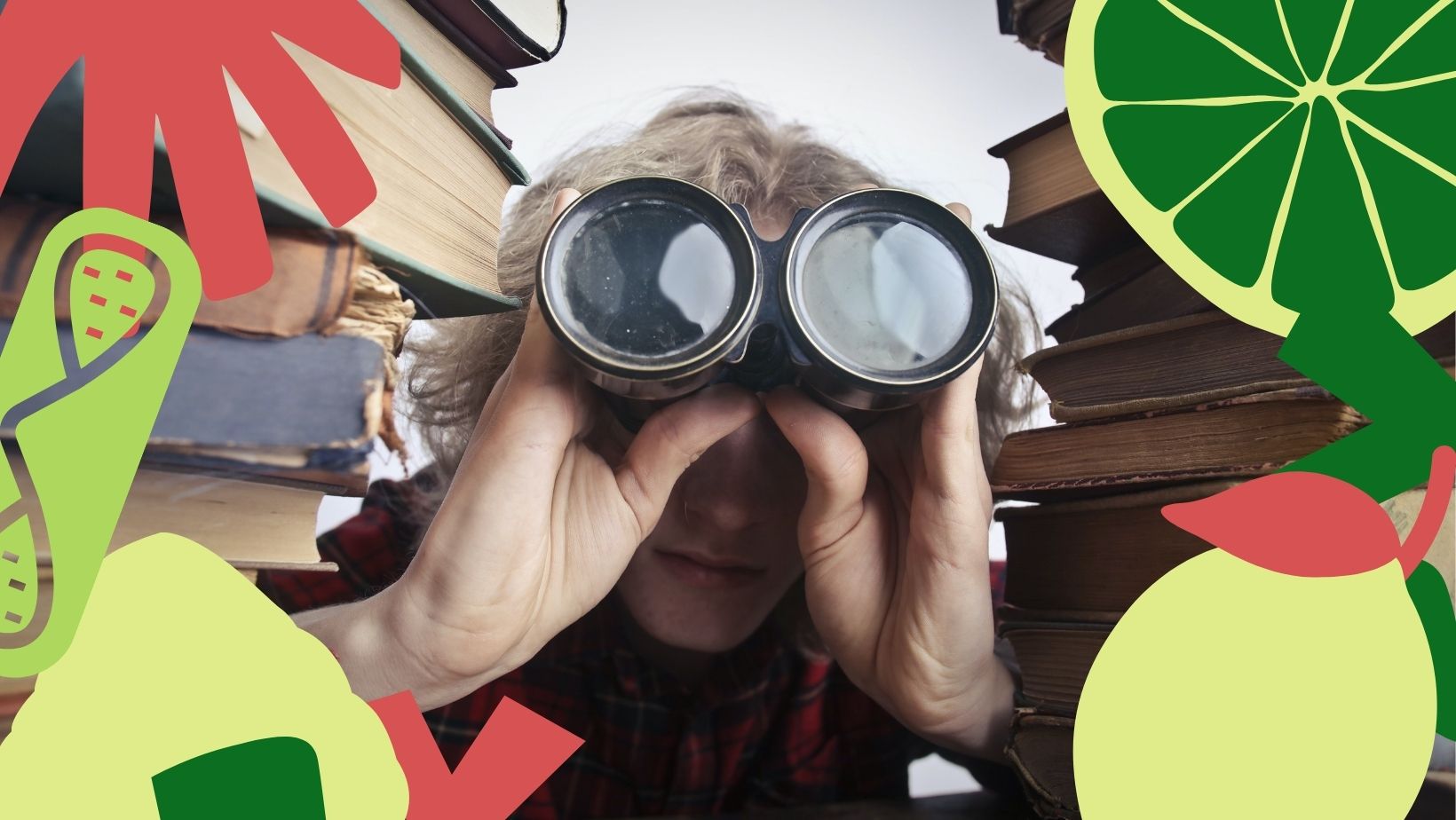To some, finding Italian ancestors is a lifetime dream. The importance of family roots and our deep connection with the past often results in a tenacious desire of investigating our Italian ancestry. A desire which can be fulfilled.
Our family heritage is, by far, the most precious legacy we own.
If not carefully planned, the research connected with finding ancestors can, however, be a troublesome path. Here’s a list of all the information and resources anyone must get acquainted with before starting to retrace their family heritage. The aim of this list is to provide an exhaustive range of information related to the retracing of family roots, to allow anyone’s dream to come true.
Italian genealogy records are more easily accessible now than they were up to 20 years ago. However, some of the most relevant information will come from your very inner circle, your closest relatives.
Do your home-work
First of all, start looking for all the intel you can find at your family’s house. Look for black and white pictures, read their backs for clues (like a date, or a name). Every certificate or document you might find can be an asset for your investigation.
Speak with all of your family members, especially the older ones. Explain the reasons behind your research, and what your ultimate goal is. It is important that whoever helps you knows how much you care about your family heritage.
Always remember that a trip down memory lane is not necessarily a happy one, especially for the elders. Be kind, listen to every little story, be empathetic.
Your main objective, at this early stage of your research, is to draw a list of names, places and connections.
Family member names should also include your female ancestors’ maiden names, which they have stopped using after their marriage. The most useful documents are birth and date certificates, along with baptism and marriage documents.
Birthplaces do have a crucial importance here. Write down every town and village name you come across, as it’ll come in handy later.
Start drafting your family tree, and think of it as a puzzle. Every piece of information you will be able to gather will fit in with the rest, eventually. To help you in this process, use FamilySearch. FamilySearch is a free service run by the church of Jesus Christ of latter-day Saints. It is currently the biggest free online archive for ancestry research.

The research begins
Now that you have a list of names and places, it’s time to put these together and look for confirmations.
Remember that in Italy the information related to birth, marriage and death are collected and stored at a local level (not nationwide). Hence, the name of the comune (i.e. the municipality, village, town) is of crucial importance.
If you were not able to find any certificates at home, you can contact the Italian Ufficio Anagrafe of the town of interest , which is the Italian demographic office. While the Ufficio Anagrafe can provide you with information on birth and death, the Ufficio di Stato Civile (i.e. the civil records office) can fill in some other gaps and provide marriage certificates.
Also, keep in mind that the vast majority of Italians who emigrated in the 19th and 20th centuries were Roman Catholic, hence they were most probably baptized and married in a church. To this extent, local parishes might prove very resourceful. They are compelled to keep an archive of all the baptisms and marriages they officiate, even from the past. In case of marriages, they would keep one copy of the marriage certificate, and would send a copy to the local Ufficio di Stato Civile.
Back in the 20th century in Italy, military service was compulsory for all male citizens. This is why military records might also prove useful when looking for name or information on the ancestors.
All of the above mentioned Italian ancestry records are invaluably useful in terms of the information they store.
When contacting an Italian local office, especially one in a small-sized village, carefully prepare your inquiry in Italia. Don’t be surprised to receive a rather delayed, not-so-accurate reply, or to receive no reply at all. At this stage, it would be smart to ask an Italian friend to proofread your draft and make sure that your request is clear and intelligible.
In addition to your direct inquiries to access the Italian genealogical records, which might prove unsatisfactory, there are several useful websites out there that will help you supplement the information you have already gathered.
For example, the Ellis Island Foundation has an on-line database which includes the names of all the passengers who have arrived to the U.S. by boat between 1820 and 1957, with information on their last address or their origin. In Italy, some comuni have done a great job of uploading their demographic and civil records on the website Antenati (literally “ancestors”). However, privacy laws allow to publish such information only 75 years after. Despite the fact that these records are updated regularly, you won’t find any records younger than 75 years old.

The research continues
At this point (if you haven’t already done it!) proceed with some old good internet investigations.
Type in the last name + the name of the village/town in Italy, and look at the results. Depending on how common a certain last name is, the results may greatly vary. You can search your last name on the Italian White Pages website to find out more. However, keep in mind that in the last 10 years a lot of people have decided to opt out from the White Pages. In some cases, the information you will find will not be 100% accurate.
Should some social media profiles appear, remember to proceed cautiously and gently. It’s encouraging to assume that a stranger would be willing to help you with your research. But it would also be quite naive, so always be kind with your requests. At the same time, look for actual connections and for confirmations. Ask for the ancestors’ names and last names, to see if they check your family heritage.
Remember that the aim of this research is to find the truth. However, the truth you find might be different from the one you had pictured. Do not simply look for the information you are seeking. Instead, look for any valuable piece of information on your own family heritage.
Time to pack
Now that your family tree is starting to grow (a few branches are missing, but it’s a start!), get ready to continue your research on-site. Pack your bags, you’re going to Italy!
Before booking your airplane tickets, draft an itinerary that includes time for your research and for some sightseeing. It might be the first of a long series of trips, or a once-in-a-lifetime adventure! In both cases, you should take the most out of it.
Allocate plenty of time to complete each of your research-related tasks. If you will be visiting several towns, make sure you have a good plan to travel around. Always keep in mind that some offices might only be open once or twice a week. Try and set up appointments in advance, whenever possible.
If you still haven’t, start brushing up your Italian. It will come in handy in an endless number of circumstances! You can do it online while at home, or you can book a study holiday in Italy, to give yourself some time to settle in.
Italy, at last!
Finally, you’re in Italy! Now it’s time to put together all the puzzle pieces and add a few missing ones.
If you’ve taken our good advice and started off with a study holiday, ask the school staff for help. They can help you locate offices and parishes. Should you not feel comfortable making phone calls to set up appointments, they will be happy to.
If you’re in a relatively small town, ask around, involve the locals. In some areas, family heritage becomes a village-wide matter.
Use all the information you retrieve to check your facts and include new information.
Your Italian ancestry has never felt closer.
Finding Italian ancestors isn’t always easy. Sometimes, you just don’t have enough puzzle pieces. Some other times, the pieces you find don’t fit with one another. Don’t lose hope, and keep your spirits up. You’ve already come a very long way, discovered new things about your family heritage and yourself.
This research journey has also been a deep inner journey. Be grateful it took you where you are now, a little step closer to your own family heritage.

Take a moment
Before putting on your detective hat, there are a few things you should read and keep in mind.
Digging into the past can be exciting, but also disheartening. Your expectation might not always be met, and your efforts might turn out to be vain. You can find confirmation of something you expected, and disappointment in new truths arising. Family heritage may come with a burden: be ready to bear it.
Research can be difficult, more difficult than you had planned.
Make sure you allocate a lot of time, a big bag full of patience, a basket of optimism and few sprinkles of hope. Even though not physically (at least at the beginning), this might prove to be the most challenging journey you’ll ever embark on. Be prepared for it.
Ready? Go!
In this article, we have only included free websites and resources, as we believe that everyone should be allowed to find their Italian roots. Please note that in order to request official copies of documents, some offices might charge a fee. During your research, only trust official resources. Beware of expensive family heritage research services.














